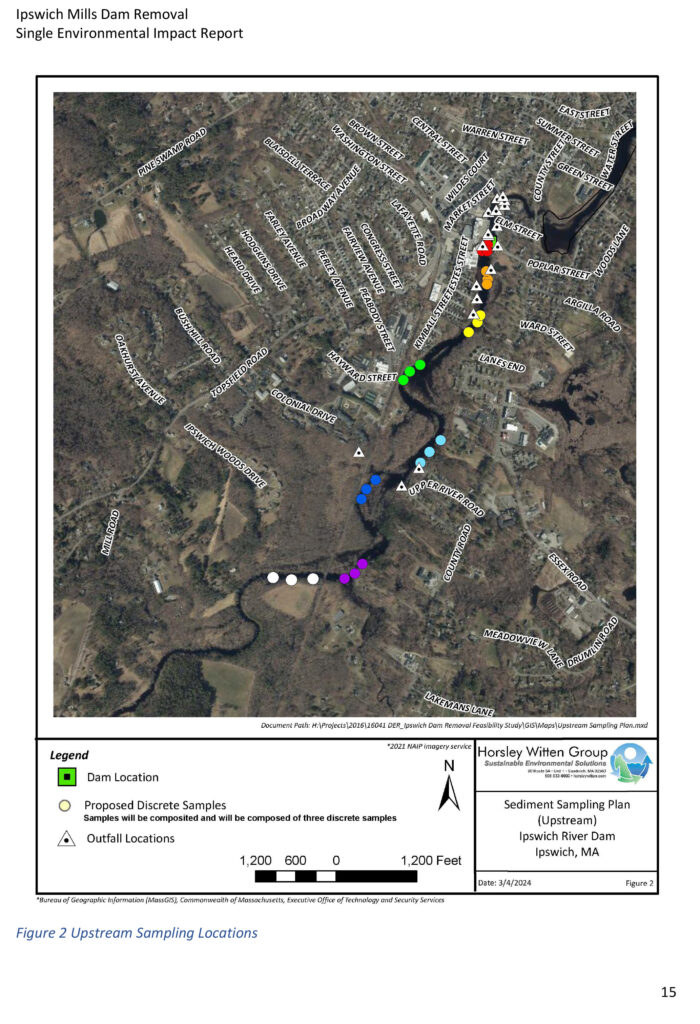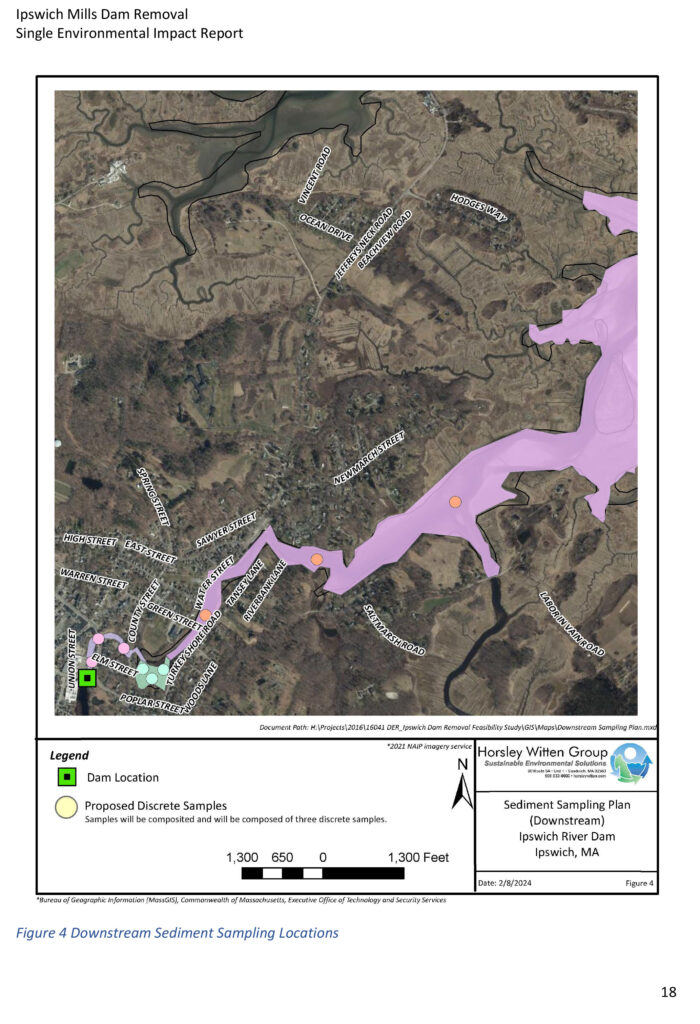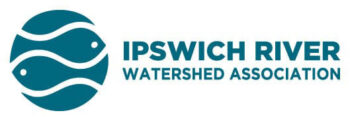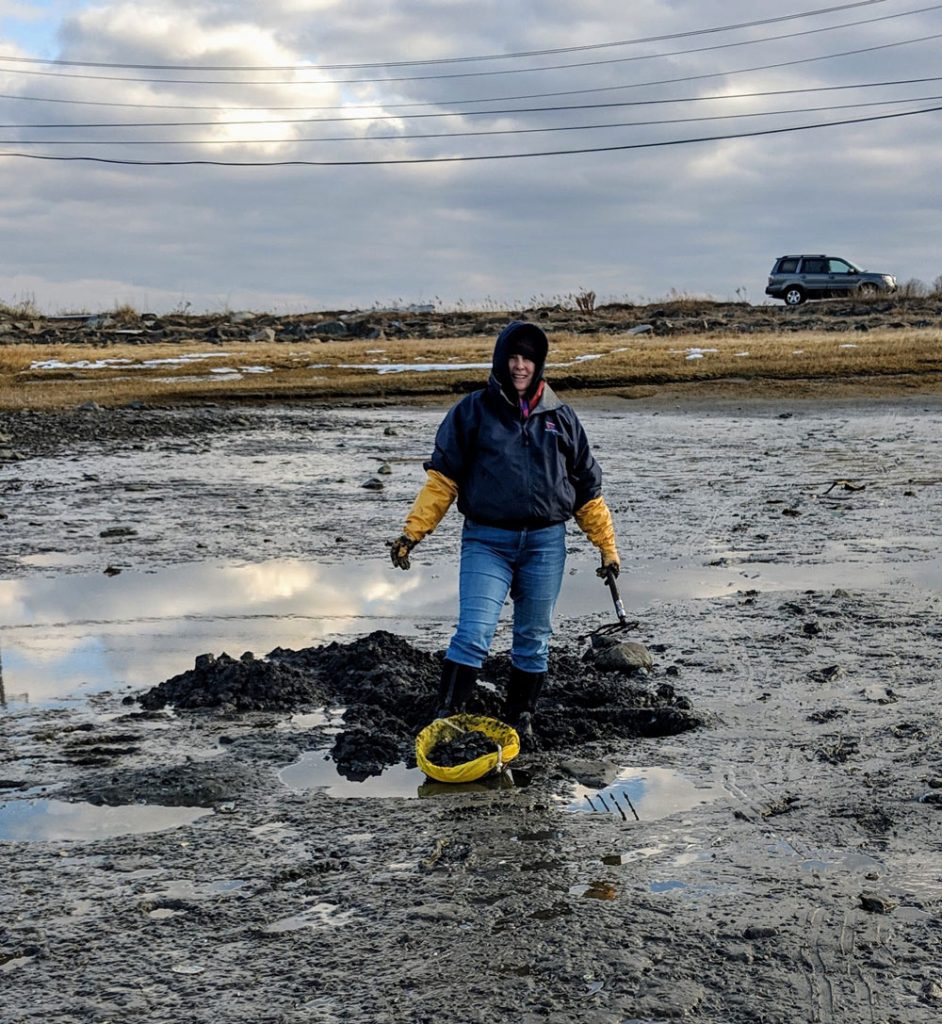Clamming flats along the Ipswich River serve as a vital source of livelihood for numerous families, while also holding significant cultural importance to the town of Ipswich. At the Ipswich River Watershed Association (IRWA), we have long been dedicated to safeguarding this precious resource and cultural icon.
As we continue to investigate removing the Ipswich Mills Dam, it’s crucial to emphasize that the preservation of the clam flats remains a paramount concern. Not only does IRWA prioritize this, but so do the Town of Ipswich, the Massachusetts Division of Marine Fisheries, and various state agencies involved in permitting for the project.
Now, let’s delve into the intricate details of sediment management concerning the Ipswich Mills Dam removal project. Explore the methods employed for sediment testing and the strategies outlined for handling accumulated sediment.
Above all, our overarching objective is to ensure that the dam removal proceeds with the utmost environmental responsibility, minimizing any adverse effects on downstream resources and ecosystems – including the invaluable clam flats.
One of the biggest concerns we hear from the public regarding the potential of removing the Ipswich Mills Dam is “what about the sediment the dam has been holding back?” We hope you find this information below informative and helpful.
What’s the deal with sediment and the dam removal project?
Sediment is a key factor to consider in any dam removal project. Sediment can accumulate over time behind dams and both sediment quality and quantity need to be studied before dams are removed. There are three ways that accumulated sediment is dealt with in conjunction with dam removals: passive release, active removal, or some combination of the two.
Passive release is when the accumulated sediment is allowed to transport downstream following dam removal. Low-gradient rivers like the Ipswich do not move large amounts of sediment, which means that the accumulated sediment will slowly work its way downstream in phases when flows are high, and settle out in areas where the river slows down. Passive release is only approved when both the quality and quantity of the accumulated sediment can be shown to not cause a negative impact to downstream resources.
Active removal is when the accumulated sediment is physically removed from the river and reused or disposed of at an approved location. This can be done in a variety of ways, including mechanical dredging or vacuum removal. Active removal is typically used to deal with sediments that have been found to be contaminated.
Sediment transport is a natural function of all rivers that will be restored as part of the dam removal project. This makes passive release the preferred method when feasible because clean sediments will be allowed to reincorporate into the system, which is also beneficial for the health of the marsh.
How do you know if sediments are contaminated?
The release of sediments to waterways is carefully regulated by the Massachusetts Department of Environmental Protection (MassDEP) via the 401 Water Quality Certification (WQC) permitting process. These regulations can be read in full at:
www.mass.gov/regulations/314-CMR-9-401-water-quality-certification
The 401 WQC is one of many permits that will need to be secured ahead of completing the Ipswich Mills Dam Removal Project. During the Massachusetts Environmental Policy Act (MEPA) review process, MassDEP requested that they be consulted ahead of the 401 WQC process to discuss sediment sampling and management for the project.
The project secured an approved sediment sampling plan, which can be reviewed in the Supporting Documents page at ipswichmillsdam.com. The plan complies with MassDEP’s sampling standards which dictate number, type and location of samples. Samples will be tested for all of the standard parameters, plus additional, site-specific parameters identified during the background Due Diligence Review (included with the sediment sampling plan).
What are you testing for and where?
Sediment Sampling Parameters
- Metals (arsenic, cadmium, chromium, copper, lead, mercury, nickel, zinc)
- Volatile organic compounds (VOCs)
- Semi-volatile organic compounds (SVOCs)
- Organochlorine pesticides and herbicides
- Polychlorinated biphenyl (PCBs) with congeners
- Extractable petroleum hydrocarbons (EPH)
- Total petroleum hydrocarbons (TPH)
- Total organic carbon
- Percent water
- Grain size distribution
Sampling Locations
Upstream sediment sample locations were chosen based on a few factors: locations that will potentially have mobile sediment following dam removal (except for the most upstream samples which will serve as reference), and location is in the vicinity of a tributary (i.e., Kimball Brook). Samples will be taken to a depth that is representative of the potentially mobile sediment layer at that location. Downstream sediment sample locations will be taken in order to assess the areas where the upstream sediment is likely to settle out.
Upstream Sampling Locations

Downstream Sampling Locations

What happens if contaminated sediment is found?
If contaminated sediment is found, the project will refer to the sediment management plan in the SEIR, summarized below:
Option 1: 100% Passive release
If no significant contamination issues are identified, the preferred alternative of passive release will be advanced through permitting (e.g., passive release will still need to be approved by MassDEP).
Option 2: Dredge and reuse
If portions of the mobile sediment are determined by MassDEP to be unsuitable for passive release, those specific areas will be spot dredged (e.g., removed in a minimally impactful way) and reused in an upland areas approved by MassDEP based on the observed concentrations of contaminants.
Option 3: Dredge and disposal
If portions of the mobile sediment are determined by MassDEP to have characteristics unsuitable for passive release and the sediment is deemed by MassDEP standards to not be suitable for reuse, those areas will be dredged and disposed of at an approved facility.
Option 4: Reassess
If sediment contamination issues are identified that preclude the previous management options, then further alternatives will be evaluated.
Have more questions? We’re here to answer them! Contact us directly by emailing [email protected] or calling our office at 978-412-8200.
–

